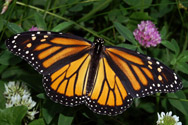Butterfly Box - Diamond
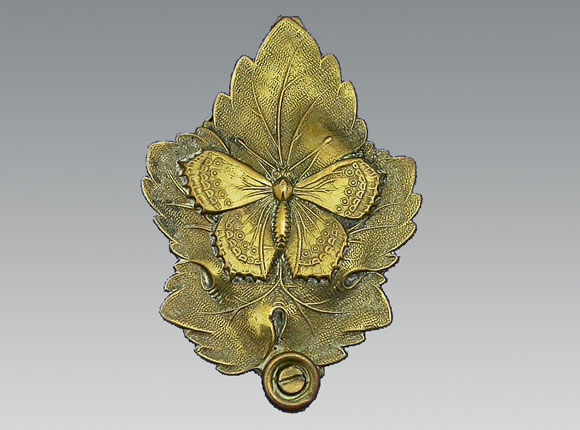
Needle Case
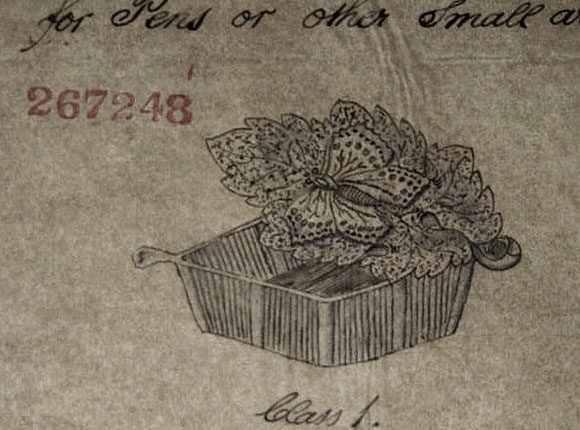
Design Representation
Design Details
Needle Case Type: |
Figural (not listed on design registration as a needle case) |
Patent/Registered to: |
W. Avery & Son - Redditch |
Patent/Design Representation #: |
Ornamental Class1: Metal: #267248 |
Patent/Design Registration Date: |
October 17, 1872 |
Location of Patent/Design Registration: |
The National Archives (TNA) - Kew, UK |
Reference #: |
TNA Representation - BT 43/33/267248
TNA Register - BT 44/3/267248 |
Dimensions: |
8 x 5.3 x 2.3 |
Material: |
Brass |
Name Variations: |
a) W. Avery & Son - Redditch
b) Hirsch & Stern - Birmingham |
Other Variations: |
None |
Additional Photographs
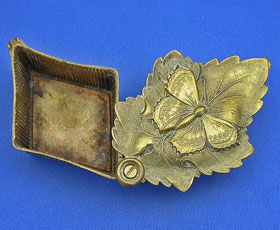
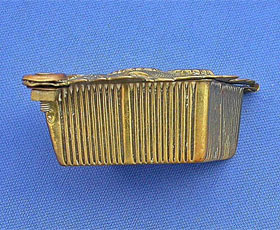
Top open and side view
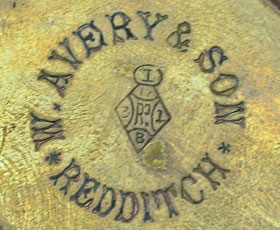
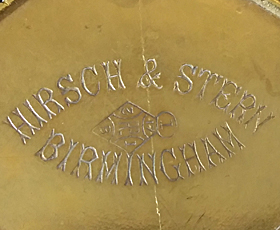
Bottom left: Avery signature detail. Bottom right: Hirsch & Stern signature detail (photo courtesy of Shelby Coleman)
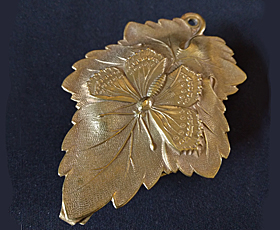
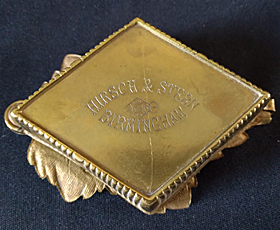
Hirsch & Stern top and full bottom (photos courtesy of Shelby Coleman)
Facts
The High Brown Fritillaries butterfly shown here is found throughout Europe and Asia. It seems most likely that this is the butterfly
that W. Avery & Son used as the model for their butterfly
needle cases.
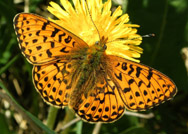
History
Butterfly collecting was one of the most popular pastimes during the Victorian Era because the Industrial Revolution gave the middle class
time for leisure activities. Victorians loved nature and Darwin's "Origin of Species", published in 1859, revolutionized the way
people thought about it. The Speckled Wood butterfly seen here, which is also found in Northern and Central Europe, has many of the
characteristic similar to the butterflies on Avery needle cases.
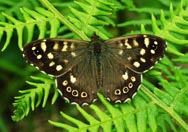
Miscellaneous
The Monarch is the best known North American butterfly. Although rarely found in the UK, they first appeared in Australian and New
Zealand in the mid-19th century. The Monarch is renowned for its spring migration from Mexico to Canada and the U.S. and its return in the
fall.
